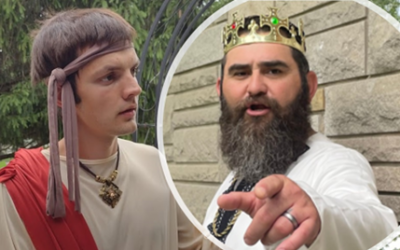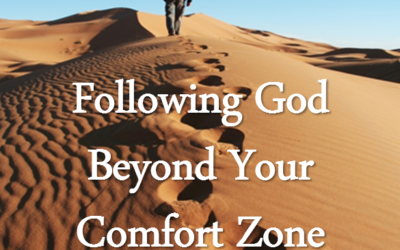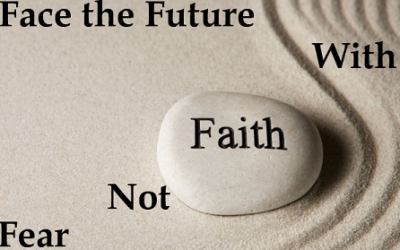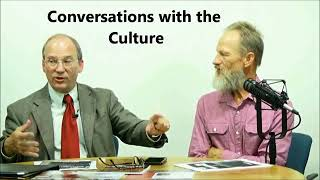I teach several introductory economics classes. Over the years, I’ve seen economics courses morph into “drill and kill” computerized online testing gauntlets driven by technology laden textbooks. Aided by the introduction of online e-books that present problem after problem and endless multiple-choice questions, many econ courses are transformed into classes students dread rather than courses that can enrich their understanding of the world we live in. Gone are the days of the “blue book” exams where a student had to actually connect several concepts to critically examine information and express their understanding of how the economy works. What is happening, I fear, is that students don’t really understand how to think – how to put the information together – to connect ideas and see how they relate.
For this reason, I have started assigning my students a team video project that they do in place of a midterm exam. The video must present information on a variety of questions and then provide a position for or against a given public policy choice. They must respond to various questions related to economic theory, and then at the end, present an advertisement that “pitches” their recommendation. The first video addresses minimum wage and the topic “How Competitive Markets Work” and presents its “advertisement” at the end of the video. The second is about which system of economic thought might best work to solve our debt crises in “Theory vs. Reality.” I hope you enjoy them!
I also teach an Introduction to American Politics Course. The end of semester team presentation is on the following topic: We the People: Balancing the Demands for Equality, Faith, Liberty, and Order to Create a More Perfect Union for Us and Our Posterity. After responding to the subsections of the assignment, students are free to advocate for the candidate/ interest group they believe has the best ideas to accomplish the vision of creating a more perfect union. During the course, we wrestle with the topics of religious faith, civil rights, state vs. federal power, the Tenth Amendment, the role of interest groups, and the role of the media. This video project brings all these concepts together to help the students see how our political system works in the 21st century. I hope you enjoy this video example!
Are you a teacher/professor? I’d like to encourage you to create such assignments. Young people gravitate to the use of online videos. This is one way we can have a “Conversation with the Culture” about the political economy.





0 Comments